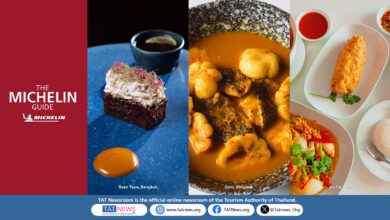Bathed in the tropical sun and fringed by idyllic coastlines, Thailand has long been a magnet for global travellers. However, as the world grapples with the urgent need to combat climate change, the Thai tourism industry increasingly recognises the importance of minimising its environmental footprint. Low-carbon travel is no longer a niche concept but a burgeoning movement, with Thailand actively exploring ways to offer enriching experiences while safeguarding its natural and cultural treasures.
The Tourism Authority of Thailand (TAT) is at the forefront of this shift, recognising the industry’s crucial role in greenhouse gas reduction. In a significant move, TAT recently unveiled eleven low-carbon tourism routes spanning various regions, from the northern hills of Chiang Mai and Chiang Rai to the southern beaches of Krabi and Phuket. These routes are designed to raise awareness among tourists, local communities, and entrepreneurs about reducing emissions from tourism activities, aiming for high-quality and sustainable tourism in line with global trends.
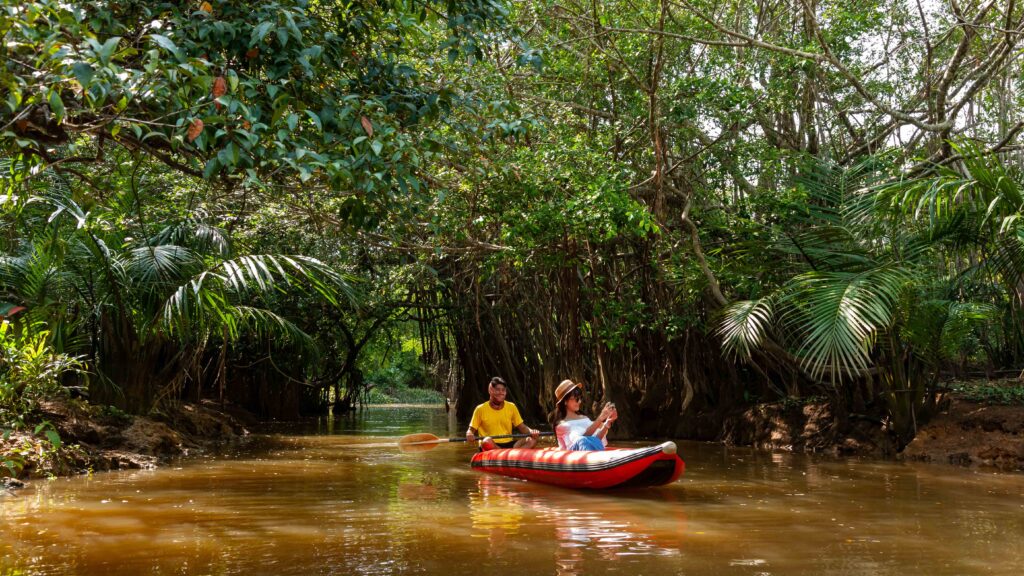

These designated routes offer unique experiences that contribute to a lower carbon footprint. Imagine cycling through the ancient city walls of Chiang Saen, soaking in the early morning light and the rich history at your own pace. Picture yourself kayaking through the serene mangrove forests of Takua Pa, also known as ‘Little Amazon,’ propelled by your own power and surrounded by lush greenery. Envision exploring Phuket Old Town’s vibrant street art and Sino-European architecture on a carbon-neutral walking tour, perhaps even learning to cook local dishes with sustainably sourced ingredients. These experiences reduce your carbon footprint and provide a deeper connection with the destination’s natural beauty and local culture.


Beyond specific routes, many eco-conscious initiatives are taking root across the country. In Chiang Mai, the “Amazing Organic Trip” showcases communities like Mae Tha, where generations have practiced organic farming. Visitors can immerse themselves in these sustainable agricultural methods, understand their role in environmental protection, and enjoy locally sourced, low-carbon meals. Similarly, Phuket focuses on marine conservation and community-based tourism in areas like Ban Bang Rong, where visitors can learn about local ecosystems and participate in activities like observing traditional herb conservation.
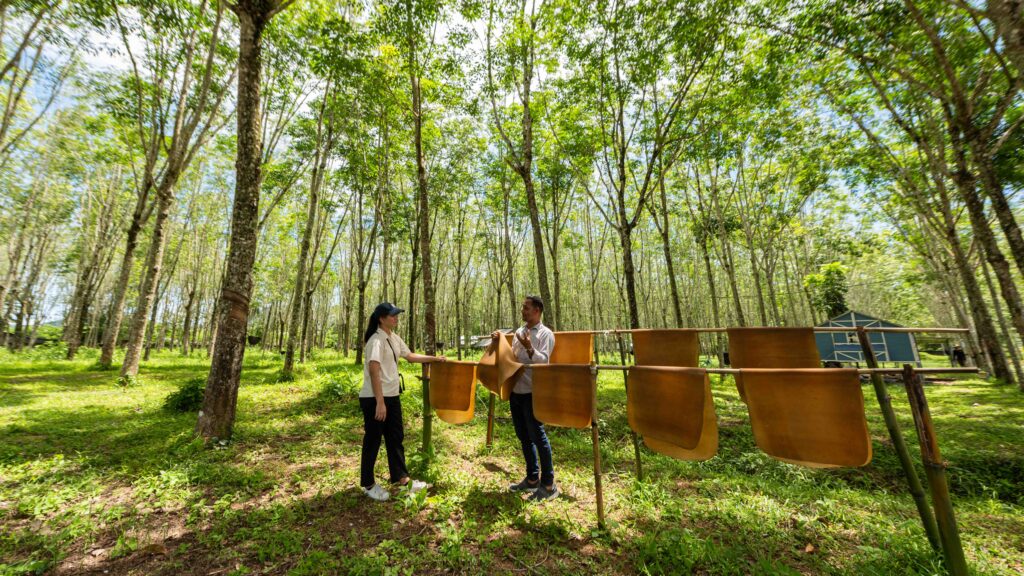

Transportation, a significant contributor to tourism’s carbon emissions, is also undergoing a green transformation. Thailand has set ambitious goals for electric vehicle (EV) adoption, aiming for 30% of all vehicles produced to be electric by 2030, with a long-term aspiration for full zero-emission vehicle adoption by 2035. Initiatives like the one by Mile Green, which is establishing a nationwide EV charging and battery-swapping infrastructure, are crucial steps in making eco-friendly transportation a viable option for both locals and tourists. Furthermore, expanding rail networks in regions like Northern Thailand encourages low-carbon travel between key cultural and natural heritage sites.
Accommodation providers are also embracing sustainability. The Sustainable Tourism Acceleration Rating (STAR) is a certification system in Thailand that recognizes tourism businesses (hotels, sites, etc.) for their sustainability efforts. Businesses are rated on a 3 to 5 stars scale based on how well they meet the 17 Sustainable Tourism Goals (STGs). The STAR system is crucial in encouraging the tourism industry to adopt practices that align with global sustainability frameworks, including the United Nations Sustainable Development Goals. Tourists can contribute to the industry’s sustainability efforts by supporting businesses with high STAR ratings.
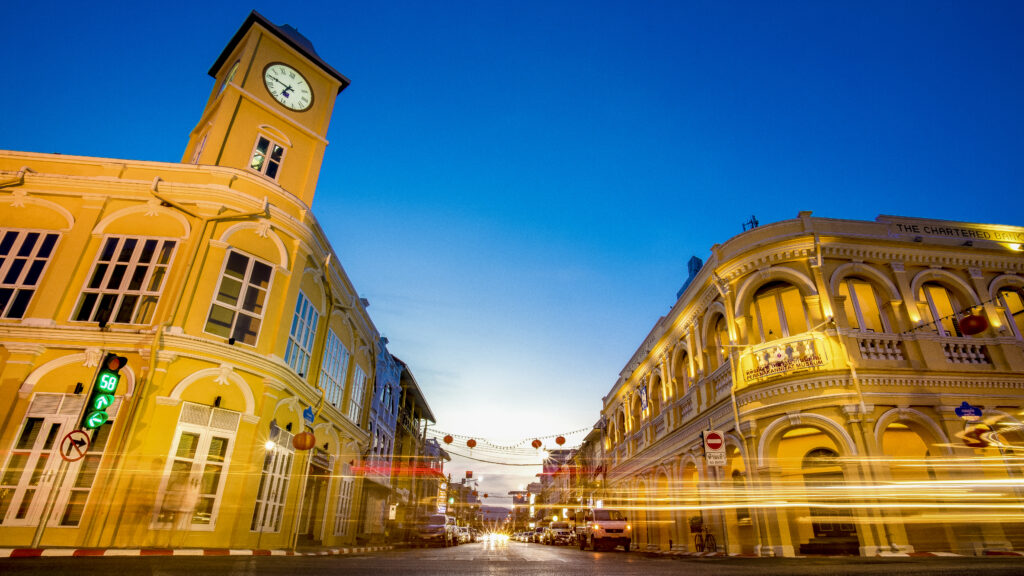

This initiative encourages hotels and other establishments to adopt greener practices, with a tiered system indicating their level of sustainability. In Phuket, the local Sustainable Tourism Development Foundation is actively promoting green certifications for hotels and aiming for the island’s old town to become carbon neutral by 2030, setting a strong example for other destinations.
The shift towards low-carbon travel in Thailand isn’t just about environmental responsibility; it also enhances the travel experience. Walking, cycling, and kayaking allow a deeper connection with the destination’s natural beauty and local culture. Supporting community-based tourism initiatives ensures that tourism benefits local economies directly and promotes the preservation of traditions and heritage. By choosing low-carbon travel options, visitors reduce their carbon footprint, enrich their travel experience, and contribute to the local communities they visit.
While challenges remain, such as the need for broader adoption of EVs and the scaling of sustainable practices across all tourism sectors, Thailand is demonstrating a clear commitment to a greener future for its tourism industry. Going low carbon means visitors can continue exploring the Kingdom’s wonders while contributing to its long-term sustainability, ensuring that these enchanting landscapes and vibrant cultures can be enjoyed by generations.
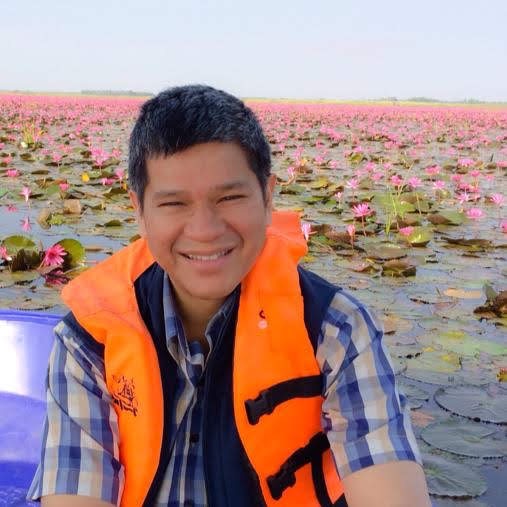
About the Author
“Frequent foodie and occasional craftsman of travel stories, Chattan Kunjara Na Ayudhya (Chat) draws on his nearly 4 decades of promoting Thailand’s tourism industry to highlight everything from world-class attractions to hidden gems. When not writing stuff, he makes it a mission to catch rom-coms and DC superheroes whenever they show up in theaters.”

